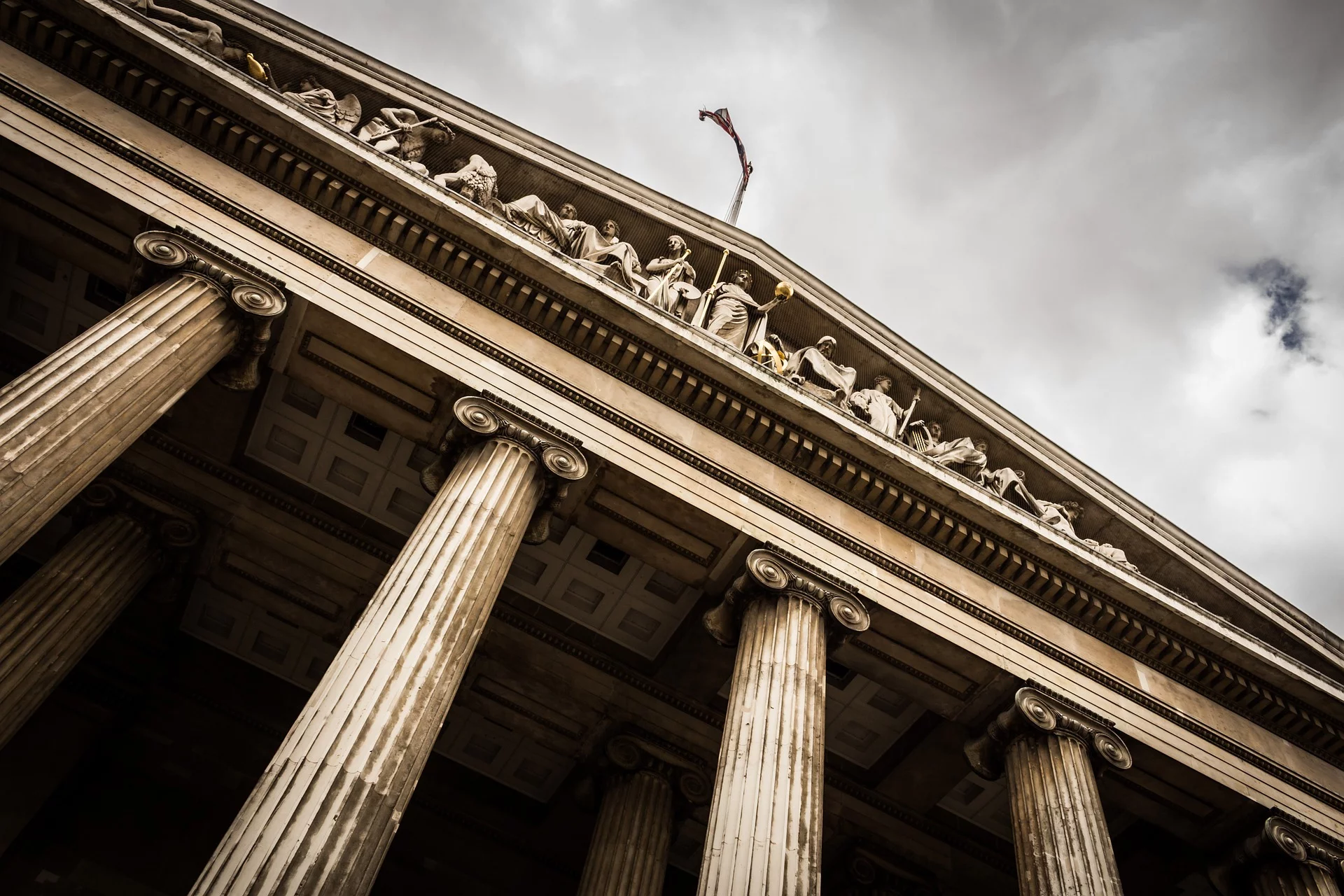In 2018, numerous transformations in the legal landscape gave employees either benefits or drawbacks regarding class action lawsuits. Wage-and-hour complaints, for example, have become some of the most common class action lawsuits from many restaurant employees across the nation. These scenarios made attorneys of plaintiffs continue to escalate prosecution of workplace class-action litigation over the past decade.
During this time of the #MeToo movement, companies that underestimate the effects of a class action can end up killing their market shares or their business altogether. Resources get easily sucked dry due to countless class action defenses that may never reach a resolution. Plaintiffs can also fight business practices and policies of companies that operate in several states with “copycat” class actions. In short, workplace class actions have been able to affect a company’s operations, management, and resources.
Understanding the Class Settlement Trends in 2018
Seyfarth Shaw LLP has recently released their latest and most extensive edition of Workplace Class Action Litigation Report which is considered to be the most comprehensive resource for workplace complex litigation. They have analyzed 1,453 class action rulings to understand the themes of 2018 and forecast the litigation trends that lie ahead this 2019 in the U.S. Below are some of the insights provided by the report.
Government Enforcement Litigation Reach 3-year High
Employers expected a more business-friendly climate under the Trump Administration. However, this was not meant to be since the number of class action settlements and government enforcement litigations have increased to a three-year high in 2018. The Equal Employment Opportunity Commission (EEOC) filed 199 lawsuits last year compared to the 184 in 2017 and 86 in 2016.
Several factors that have influenced the increased government enforcement cases. Some of these include:
- Lawsuits that have been filed during the Obama Administration, which have only been resolved in 2018.
- The Duration between Trump-appointed enforcement personnel taking over Obama-appointed positions in their office.
- Policy-makers appointed by the Obama administration proceeding with their enforcement efforts before the last half of the past year.
These factors place a tremendous amount of pressure on employers since the DOL and EEOC have concentrated on lawsuits against corporations. These two organizations may veer away from pro-employee and anti-big business this 2019 under the Trump Administration. The Trump appointees in both agencies are also slowly advocating positions that the previous administration has been pushing. In turn, the decrease in the volume of government enforcement litigations and settlement values of these cases may become inevitable this year.
Winning Plaintiffs & Losing Values
The success rate of plaintiffs has reached a record high of 79 percent in the wage and hour litigation in 2018, which is a first in the report’s 15-year history. Plaintiffs won 196 of 248 conditional certification rulings and employer decertification efforts of these cases have dropped to 13 rulings out of 25 (52 percent.)
However, top class action settlements in the workplace have decreased in value by 50 percent in 2018. These settlements have dropped to 1.32 billion dollars last year, which was a five-year low. Compared to the success rate of 2017, settlements in 2018 have relatively failed to monetize substantial wins in class action cases.
SCOTUS under the Spotlight
In 2018, the Supreme Court of the United States (SCOTUS) provided vital points that will continuously affect the landscape of employment law and class action. One highlight of these points was confirming the legality of class-action waivers in mandatory arbitration agreements which provided employers outside California an effective tool to minimize such cases. Class action cases may also continue to transform even further in 2019 with the appointments of Brett Kavanaugh and Neil Gorsuch.
The “#MeToo” Movement Continues to Rise
Employment litigation cases have also been influenced by the steady rise of the #MeToo Movement. Social media and news reports have boosted the awareness of the movement and workplace rights, encouraging many to fight for these rights using the judicial system.
In 2018, the #MeToo Movement has helped resolve several sexual harassment class-based settlements. Along with this, the enforcement litigation initiatives of the EEOC concentrated on filing lawsuits related to #MeToo as it continues to gain traction in social media. For example, 74 percent of EEOC Title VII filings in 2018 were related to sex-based discrimination while 41 filings had claims of sexual harassment. This trend has no plans of slowing down in 2019.
Know What to Do When Filing a Class Action Lawsuit
When a group of individuals experiences the same or similar harm by a product or action, they can sue the defendant with a class action lawsuit. A substantial number of plaintiffs must combine their claims into a class for the case to be successful, which is going to depend on the issues involved. By combining these cases, the court can review all of these as one to save time and resources.
Because of the top class action lawsuits against large companies and high-profile individuals, understanding class action lawsuits are essential. Knowing what they are and how one can go about with such a case can help you uphold your rights in the workplace. Therefore, if you want to assure that your case becomes successful, it’s best to seek experienced attorneys who know how to handle class action lawsuits in California and let your voice be heard.








